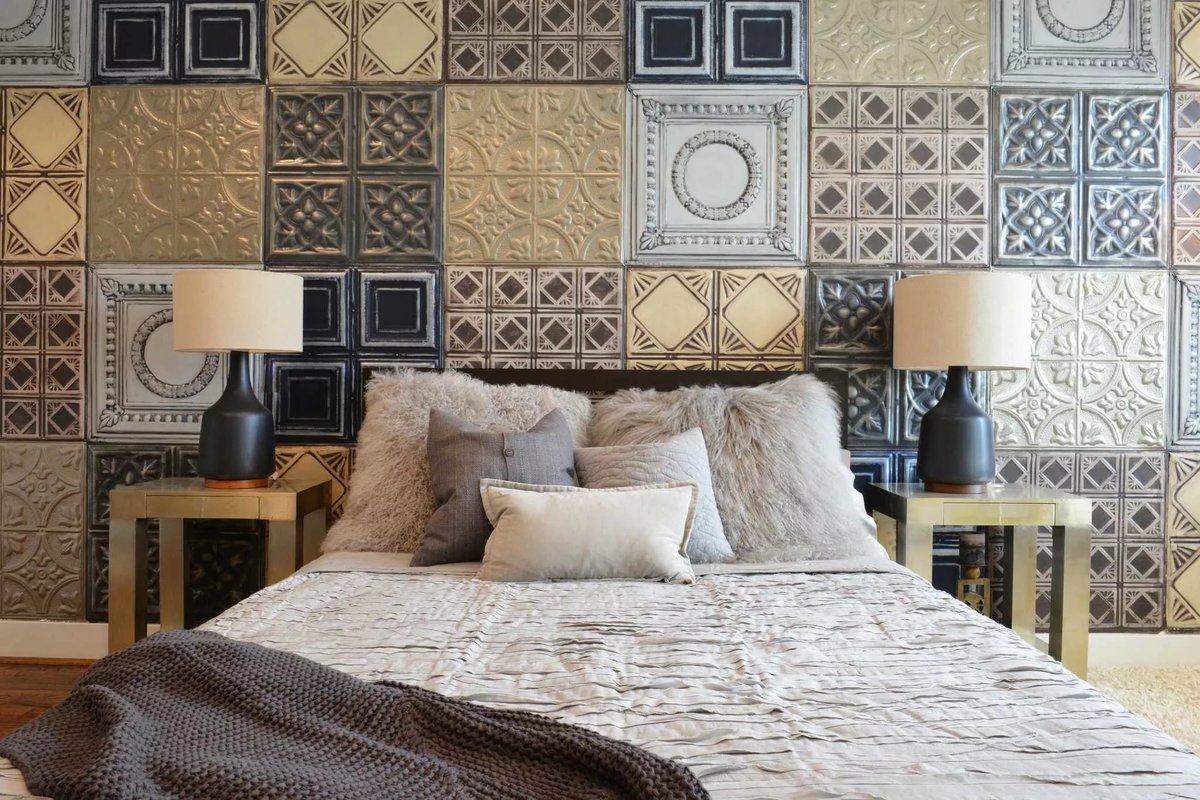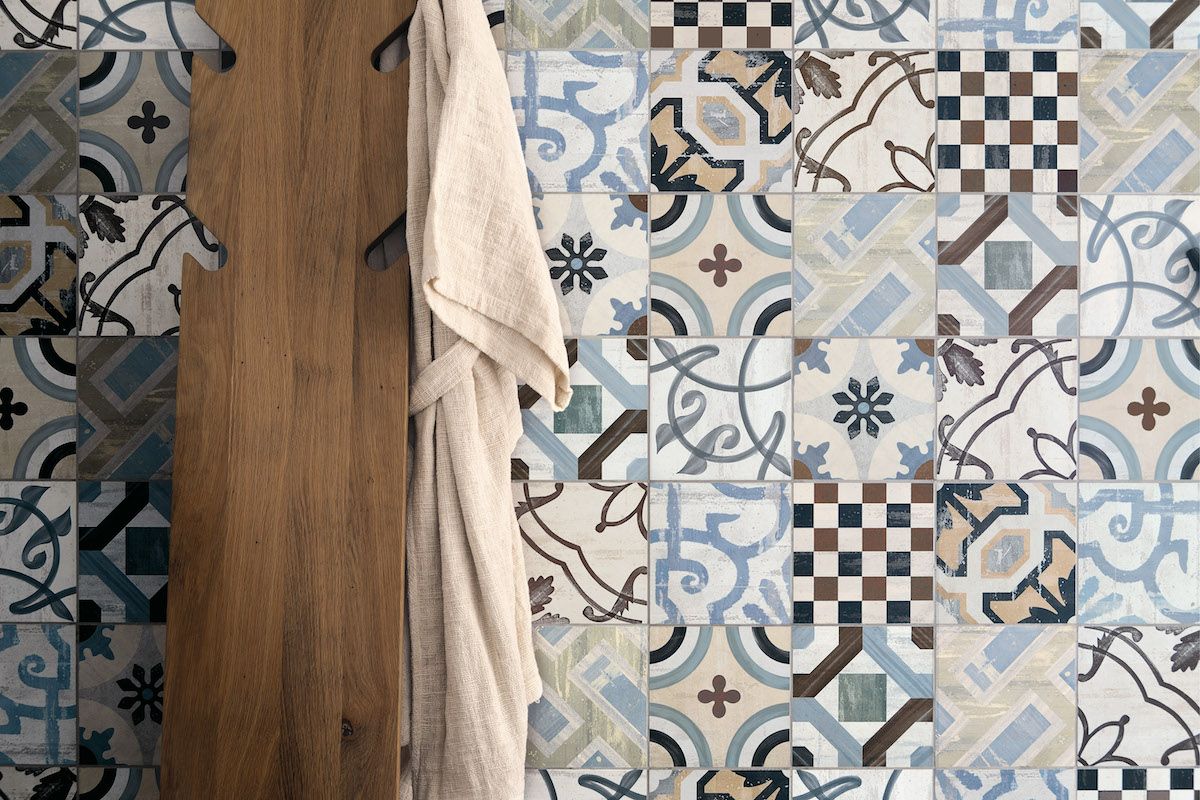Traditional tiles do not belong only to the old age if we have a modern viewpoint to their shapes and colors.
To have an introduction to traditional tiles, it should be noted that there are two distinct styles available: overlapping and interlocking.
The protrusion or “lip” of one tile “hooks” over the protrusion or “lip” of the other tile to “lock” or secure the two together in interlocking tiles, which are normally nailed to the roof structure.
This creates a secure connection between the tiles. Tiles that interlock with one another are typically made in pairs. It’s rather uncommon for overlapping tiles to be devoid of any kind of lip, thus they have to be hammered into place.
Additionally, they can be utilized in pairs. Clay roofing tiles from the past were made in a number of different shapes, and many of those shapes are still manufactured today—sometimes with just small adjustments.
There are a great number of variants, and the names of some of them may give away their place of origin, but in terms of shape, there are essentially only two categories: pantiles and flat tiles.

Both pantiles and flat tiles have the capability of overlapping and interlocking with one another.
The convex or rounded tiles, which are sometimes referred to combined as “pan tiles” or “pantiles,” are perhaps the shape that is most commonly associated with ancient clay roofing tiles. These tiles can also be called “pan tiles.” These include the straight or tapering Spanish tiles, which are occasionally referred to as “S” tiles, or the similarly shaped Mission tiles, which are frequently referred to as Barrel or Barrel Mission tiles.
The shingle tile, which is flat and made of clay, is another traditional style of roofing tile. Just like roofing slates, flat tiles have the ability to be completely flat and plain.
Overlapping one another, they are attached to the roof sheathing in this form. Alternately, they could interlock on one side and at the top of the structure. In spite of the fact that they are held together by their “interlock,” the vast majority of shingle tiles with interlocking tabs also feature one or more nailing holes, which are normally located around the top of the tabs.
There are many different types of flat tiles, some of which include the English Shingle, Closed Shingle, Flat Shingle, or Slab Shingle. French tiles, which have a slightly higher and more curved profile, are also included in this category.
It is possible that any of the typical types of tiles could be referred to by a different name in a different region of the country or perhaps the entire world. For instance, what people in the United States refer to as Spanish or “S” tiles are known as single Roman tiles in England.
In spite of the fact that Spanish tiles are normally constructed of a single piece that snaps into place and that Mission tiles are constructed of single cylinders that overlap, people often get the two styles of tiles confused.

Since missions and the Mission style are associated with the Americas, Spanish tiles are more commonly referred to as Mission tiles in England and Europe. Tiles that are called Spanish tiles in the United States are called Mission tiles in Spain.
Similar to this, Spanish or “S” tiles, commonly known as barrel tiles, could look more indicative of some types of tiles used in France than what American companies sell as French tiles.
Traditional tile shapes have been given modern names by some tile producers. Other companies sell “S” tiles, but theirs have unique shapes that are more similar to a true “s,” and they have a low profile as opposed to the conventional flat section that is found in typical American “S” tiles.
Field tiles are the types of tiles that are used to cover the majority of the surface area of a flat roof. In order to finish the roof covering, certain roof types, particularly conical towers or turrets, require graduated-sized tiles.
These roof shapes can be found more commonly in European architecture. In addition, certain field tile patterns or forms require the use of finish tiles that have been particularly developed.
Dormers, valleys, roof hips, rakes, ridges, and corners, together with a variety of other awkwardly shaped locations and spaces, required the creation of other tiles with peculiar shapes to fit properly.
In addition, there are finish tiles that are designed to fulfill particular functions, such as eave closures or clay plugs that are sometimes referred to as “birdstops.”
These are constructed to obstruct falling snow and rain, and they also deter birds from roosting in the areas directly below the row of curved tiles at the bottom of the structure. There is a wide range of potential patterns and designs that can be achieved by combining or contrasting flat tiles with dimensional tiles.

The color terra cotta red is the one that is most often thought of when old clay roofing tiles are mentioned. The reddish color of the tiles is caused by a natural pigment that is obtained from clay that has a significant amount of iron oxide.
This pigment can range from intense reddish browns to softer and milder oranges and pinks. On standard tile-roofed constructions, one can also find the color black, along with milder variations of buff and beige. Before the buff-colored tiles were burned, a manganese solution that had been dissolved in water was poured over them.
This created a smokey brown or black glaze that was applied to the tiles. Towards the tail end of the 19th century, the practice of using colored glazes for roofing tiles began to gain popularity; the range of colors available for these tiles is still expanding today.
The vast majority of historically significant glazed roofing tiles are available in colors that are pretty close to those found in nature. These hues include reds, browns, and buffs in addition to blacks, purples, blues (often manufactured with powdered blue glass), and a variety of greens (usually created with copper slag).
Because of the wide range of temperatures that existed inside the kiln, the colors of the tiles that were baked over a wood fire can look very different from one another. The tiles that were located closest to the fire were the ones that were fully cooked and turned a darker red, but the tiles that were located further away from the flames were more likely to be smoke stained and a lighter orange hue.











Your comment submitted.